The Importance of Enrichment
Enrichment helps animals live full, happy, healthy and interesting lives. When done right, enrichment has a positive impact on an animal’s welfare.
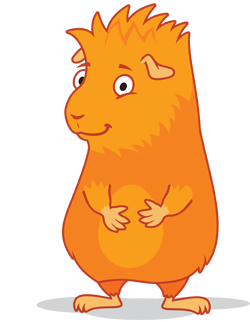
Enrichment helps animals live full, happy, healthy and interesting lives. When done right, enrichment has a positive impact on an animal’s welfare.
Related Domains: 





Animals have many different types of needs to fulfil for positive welfare. These include mental needs, health needs, and behavioural needs. These different types of needs are all related. For example, not only do cows need nutritious food (such as grass) to ensure their specialised stomachs work well and so that they do not feel sick, but they also want to forage on grass. We think of their desire to forage as fulfilling a natural behaviour – an adaptation to help a cow feel happy and healthy.
Below, we will explore the importance of animals expressing behavioural needs.

Behaviour refers to the way that an animal acts (something they do) - both in their environment or in response to a situation. An important type of behaviour that an animal expresses are those that are instinctive – what they would typically do in the wild. Natural behaviours help an animal survive by seeking positive experiences (digging a burrow for warmth) and avoiding negative ones (fleeing from a predator). Even if the animal is not wild, they still can express behaviours that come naturally to them. Specifically, we want to ensure animals fulfil natural behaviours that enhance positive welfare and minimise negative welfare.
All animals have a want and a need to express natural behaviours. As responsible animal guardians, we need to provide opportunities for animals to express behaviours through fun, new, and enjoyable activities and enrichment that allow our companions to live happy, healthy lives.
Animals can have a strong want and need to express their natural behaviours, because these behaviours help them feel good and avoid situations where they may not feel good. Like when you feel tired, you sleep, or when you have lots of energy, you naturally want to express this by running around and playing games or sports. For animals, these behaviours can include running, swimming, chewing, scratching, growling, nesting, digging, barking, socialising, etc.
Sadly, if an animal cannot express these behaviours, it can have a negative impact on their welfare – both physically and mentally. For example, we know that allowing dogs to sniff on walks is important to them, and if they are prevented from doing so, they may become frustrated. Expressing natural behaviours helps animals to decrease boredom, stress and anxiety, while also allowing them to have fun, be happy, and stay healthy! It can also help them with their memory and learning – how cool is that?!
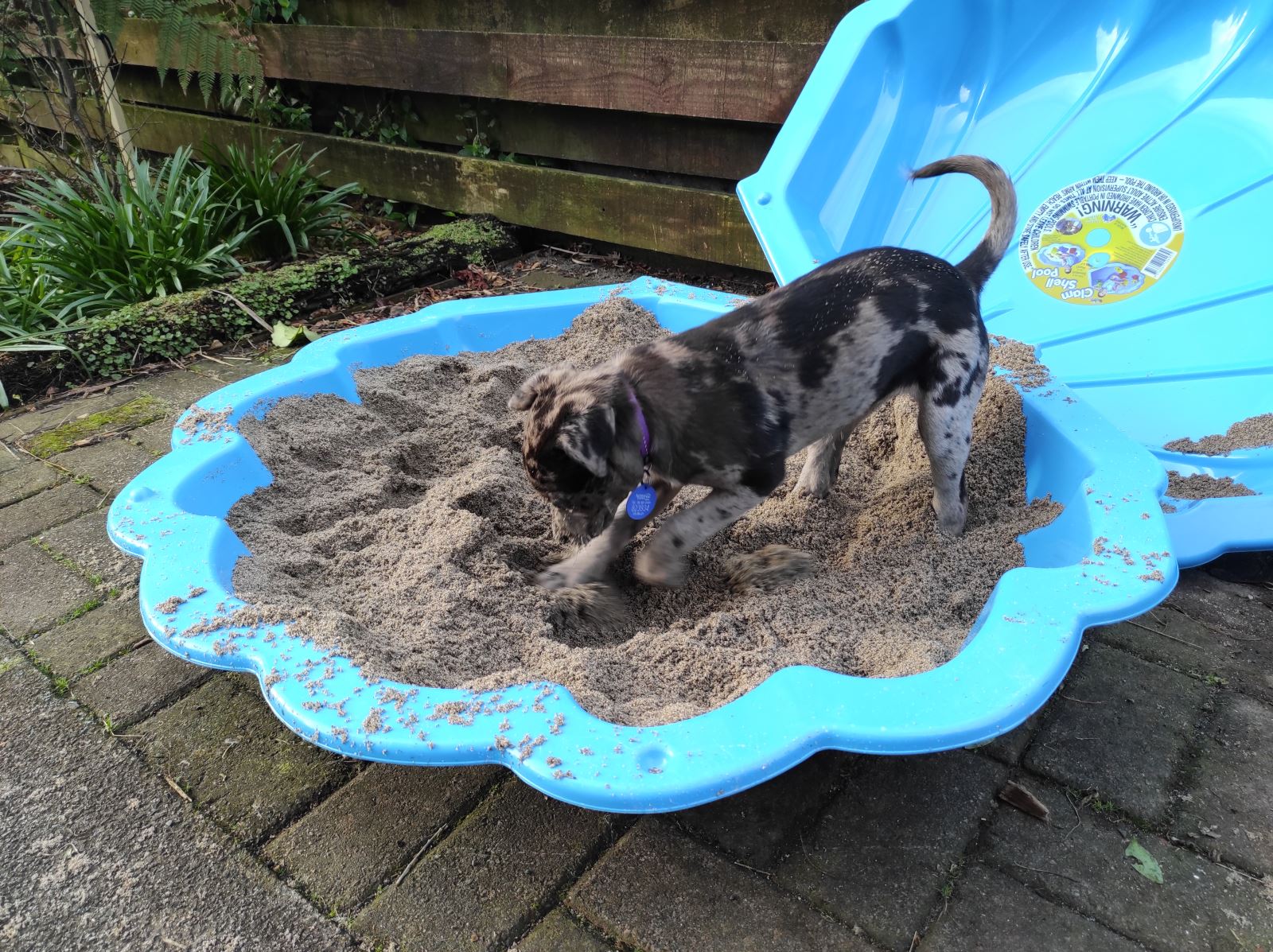
Sometimes, animals will find ways to carry out natural behaviours where we don’t want them to. For example, your dog will naturally want to dig and therefore, they may be tempted to dig up your vegetable garden. It’s important to remember that this isn’t them being naughty. This is them expressing a certain behaviour and is completely natural – however, it’s our responsibility to teach our companions a desirable way to express these behaviours – i.e. what toys are theirs, what they can chew, what they can scratch, etc.
So for example, instead of your dog digging up your garden, you can provide them with their very own dig box. This way, they can still perform this behaviour and get the benefits from it, but they’ve learned where is appropriate for them to do it. This is a great way of providing an enriched life for your companion!
What may be natural behaviour for one species of an animal, may not be for another. For example, chickens have a natural need to dust bathe, while cats have a natural need to scratch. It’s important that we know what behaviours our animals need to express, so that we can provide them with opportunities to do so.
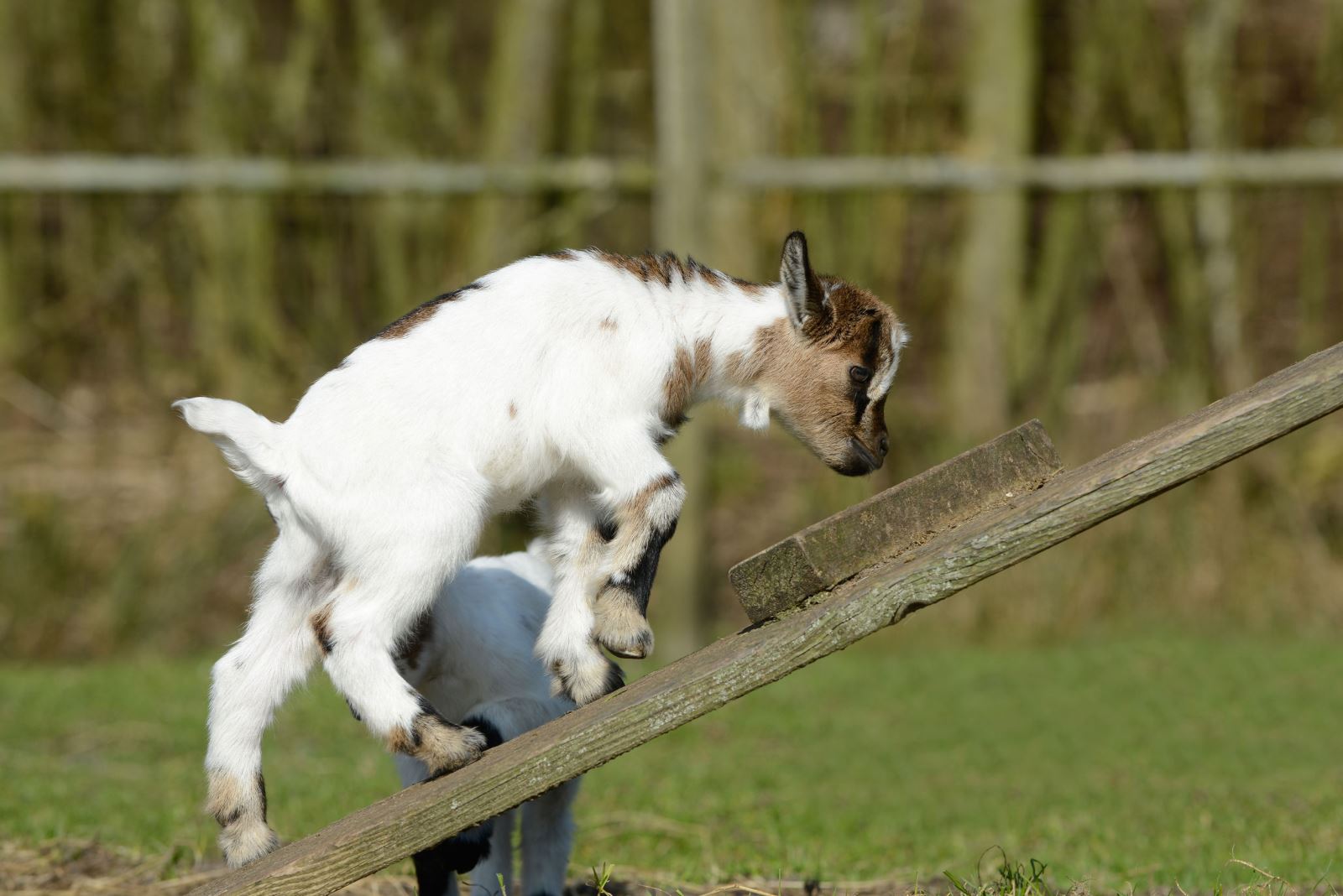
Examples of natural behaviours for specific animals include:
When we know the specific natural behaviours of our companions, we’re able to better help them express them and therefore, our animals will be happier for it!
So how can we help animals express these natural behaviours? The answer is enrichment!
.jpg)
Enrichment is an important part of keeping your animals happy and healthy. Enrichment is about designing and creating interesting environments, and providing toys and activities that create a more stimulating life for an animal. It’s all about providing rewarding challenges, choices, opportunities to learn, and mental stimulation. Enrichment should enable animals to express and demonstrate their natural behaviours that lead to positive experiences , such as exploration, foraging, locomotion (movement), social interaction, manipulating objects or simply playing, as often as they choose.
Enrichment can be anything from digging boxes to chew toys, cat towers to hide-outs, tug toys to slow feeders – the item or activity should allow your animal to express their natural behaviours and is both mentally and physically positive for them.
Enrichment is important as it allows animals to express their natural behaviours that facilitates positive welfare. As we learned above, expressing natural behaviours can be an important part of an animal’s welfare. Therefore, enrichment helps animals live full, happy, healthy and interesting lives. When done right, enrichment has a positive impact on an animal’s welfare.
Enrichment also helps prevent negative welfare. Just like you, animals can get bored when they don’t have anything to do. Just like you play board games, do sports, make crafts, read, play videos games, go to school, etc., animals want and need things to keep them from becoming bored and lonely. Without enrichment toys and an enriched environment, animals can develop anxiety, depression, destructive behaviours (like chewing things we don’t want our companions to chew), repetitive behaviours that are linked to stress or boredom (like over-grooming, over-eating, fighting with other animals, loss of appetite), excessive vocalization, hiding, etc.

There are several different types of enrichment that animals need that are related to their natural behaviours. For example, a cat tree and platforms at different levels can satisfy cats needs to climb and be up high, while scatter feeding your ducks can satisfy their need to forage (search) for their food.
These types of enrichment can be broken down into five categories: social, cognitive, physical habitat, sensory, and food-based.
1. Social
Social enrichment allows animals to socialise with animals of their own species, and spend quality time with their guardians.
i.e. Housed with compatible same-species animals, doggy play-dates, fetch, grooming, games, play, pats, scritching*, etc.
*‘Scritching’ is the collective term for petting, rubbing, massaging, scratching, cuddling, grooming, tickling and otherwise showing your rat just how much you care about him or her.
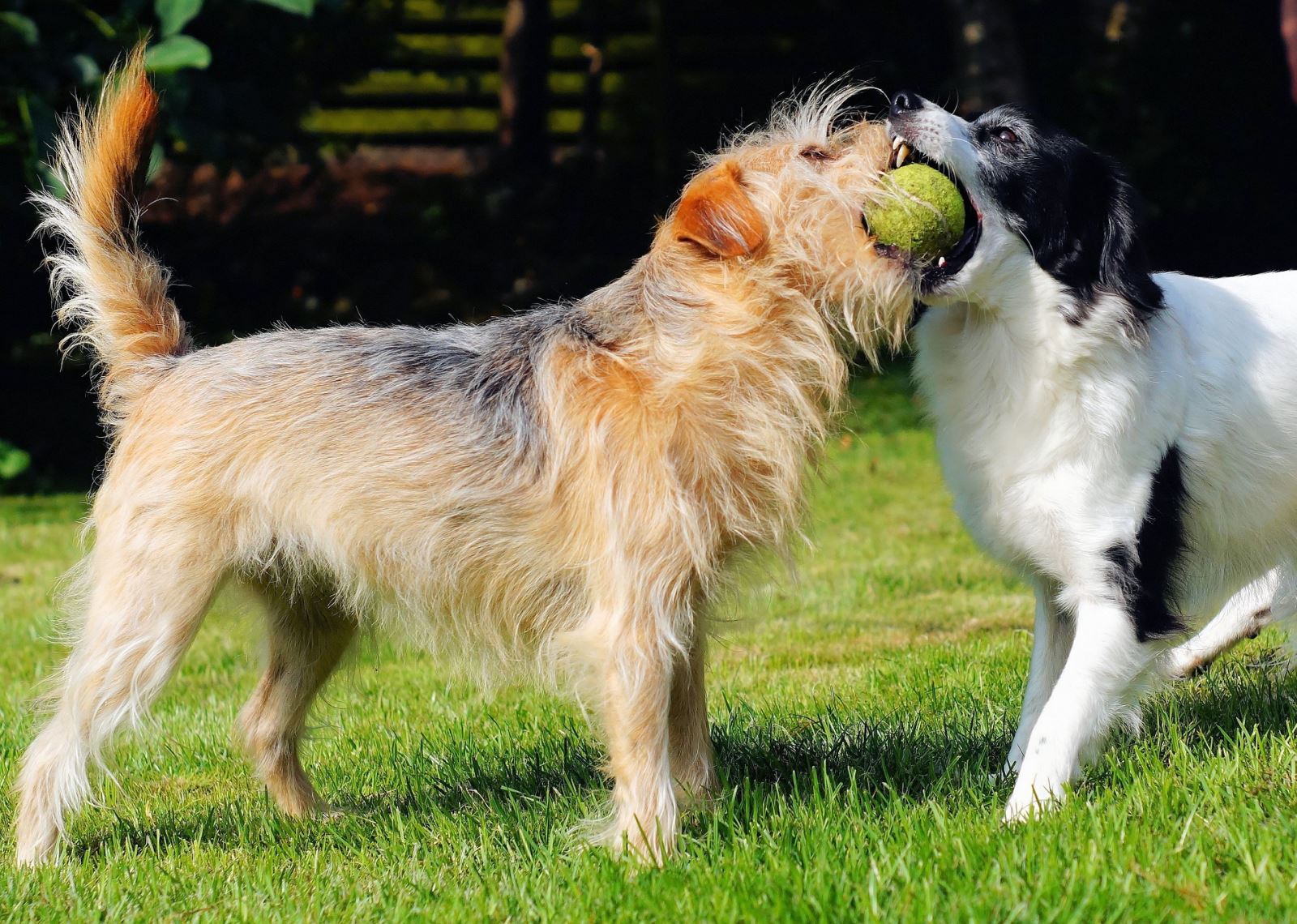
2. Cognitive
Cognitive enrichment allows animals to exercise their brains, keeping them sharp and fit.
i.e. Reward-based training, puzzle feeders, etc.
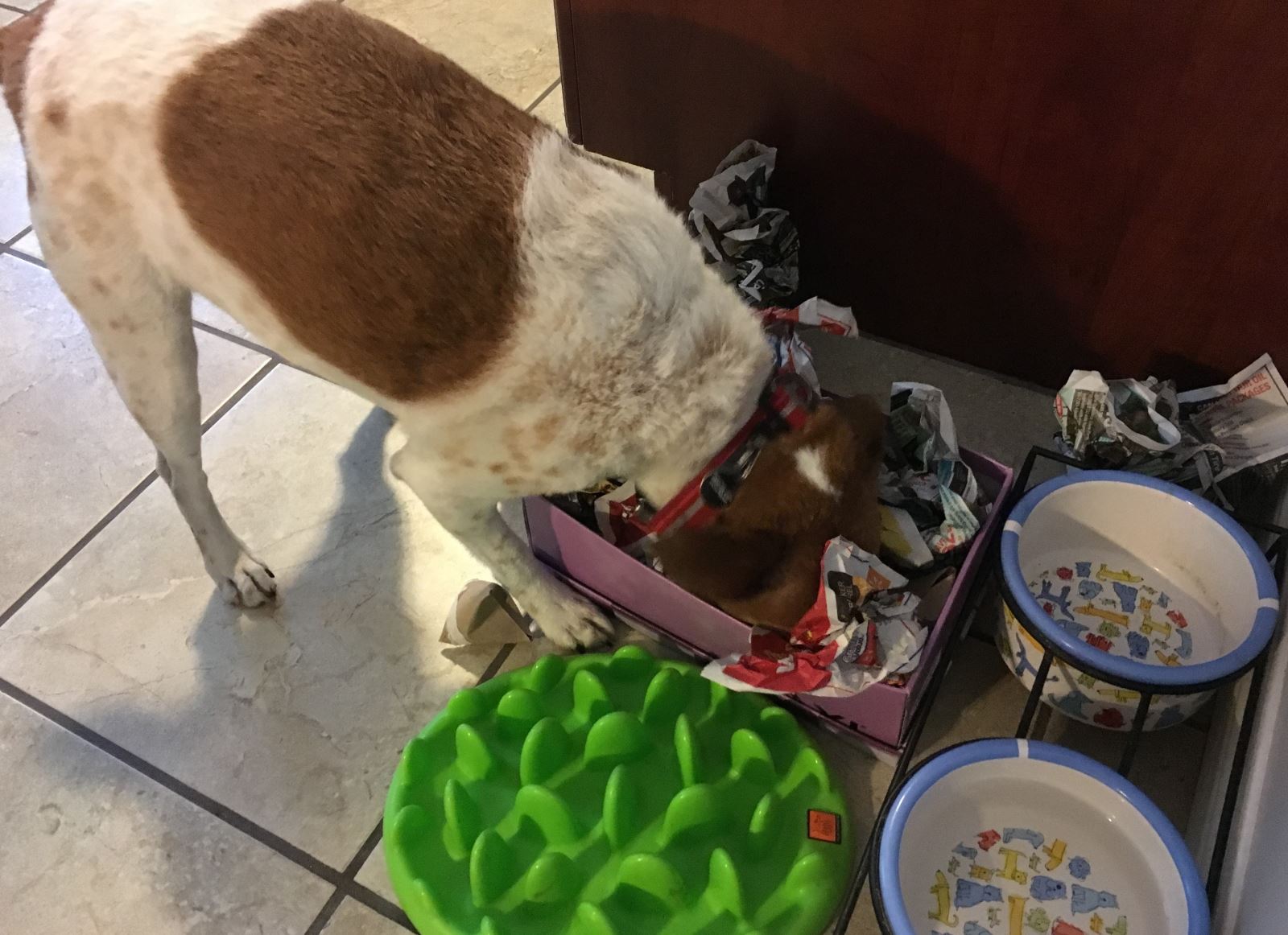
3. Physical habitat
Physical habitat enrichment allows animals express natural behaviours in their home.
i.e. Platforms, dig boxes, pools, trees, grass, cat trees, lots of space, structures, hide-outs, comfortable beds, etc.
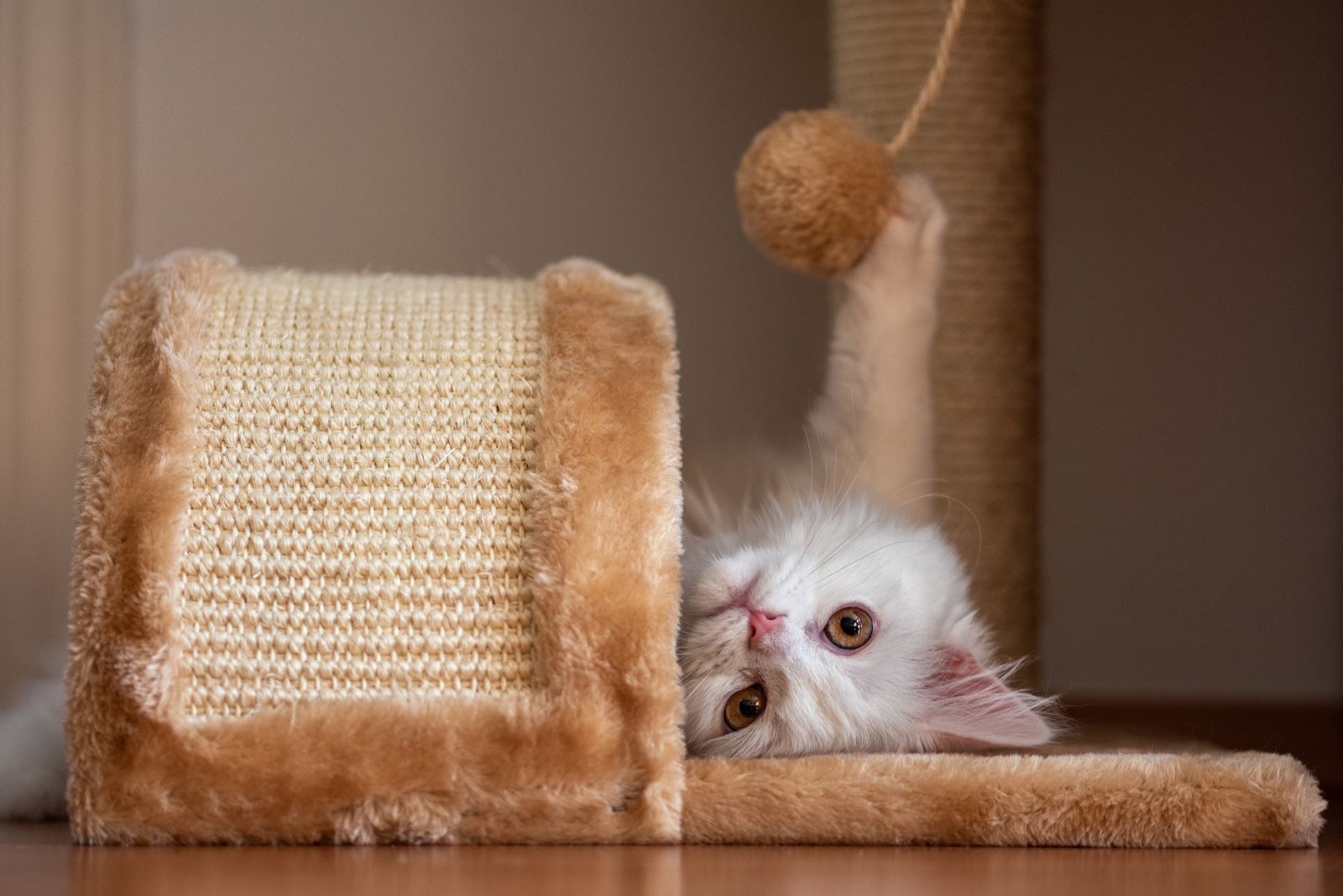
4. Sensory
Sensory enrichment allows animals to exercise their senses – sight, sound, touch, taste, and smell.
i.e. Music, mirrors, different surfaces, sounds, and smells, tug toys, toy mice, wand toys, balls, chew toys, stuffies, etc.
.jpg)
5. Food-based
Food-based enrichment makes meal time more exciting and challenging. It can also meet the need for natural foraging behaviours.
i.e. Scatter feeding, frozen dinners, Kongs, slow feeders, puzzle feeders, etc.
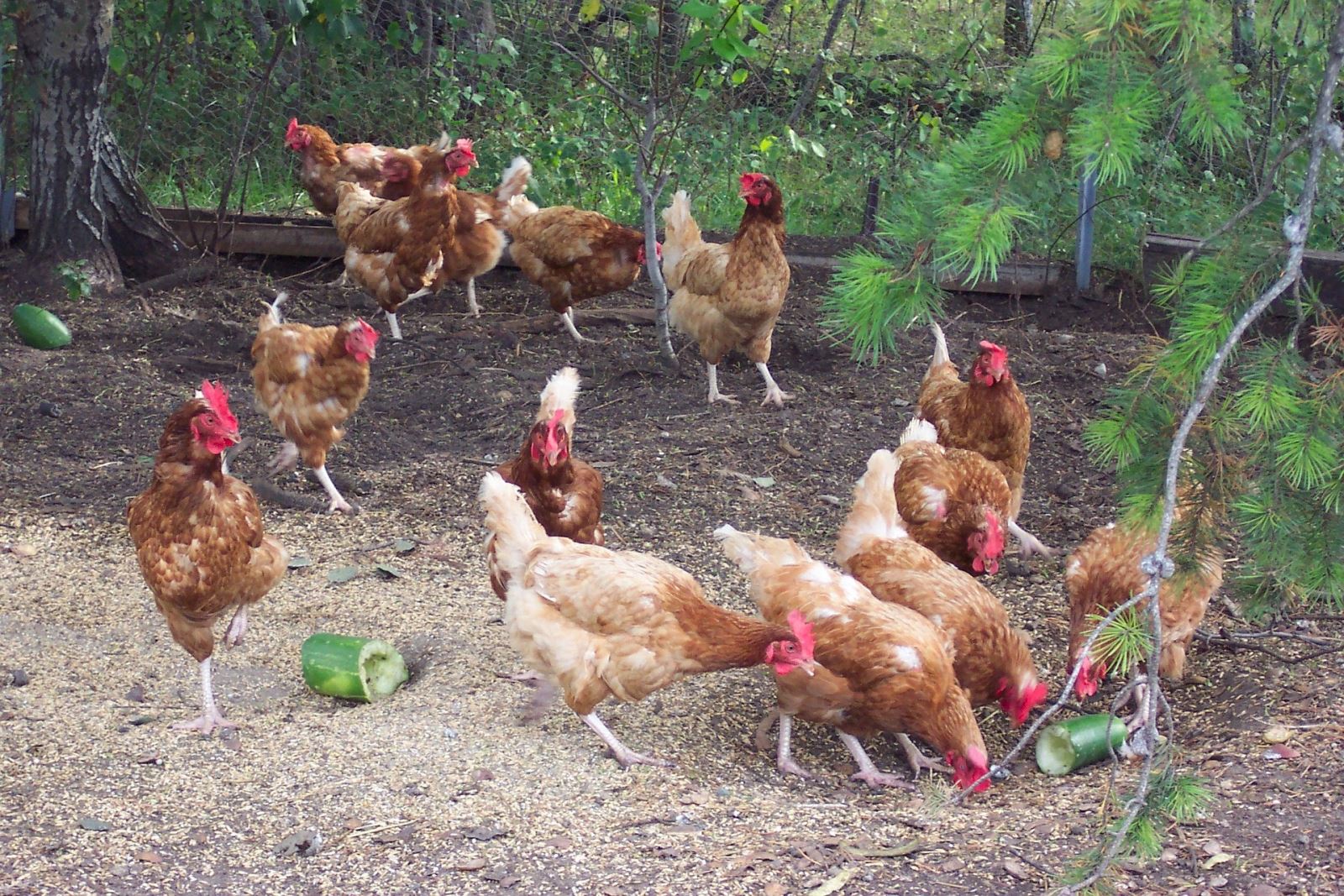
Enrichment should not only be species specific, but should also be enjoyable for the individual animal (i.e. some dogs love hanging out with lots of other dogs, while some dogs may be overwhelmed by this situation). Ask yourself these questions when providing your animal with enrichment:
These question will help you choose what enrichment will have a positive impact on your companion!
.jpg)
It is essential to remember that all animals are individuals with their own likes and dislikes. Therefore, they will find different activities and items enriching. For example, some dogs may not like dog parks and socialising with lots of other dogs, while other dogs may thrive in this environment. Dogs socialising with other dogs is seen as a natural behaviour, but it is okay to avoid situations that may cause that individual dog to feel stressed.
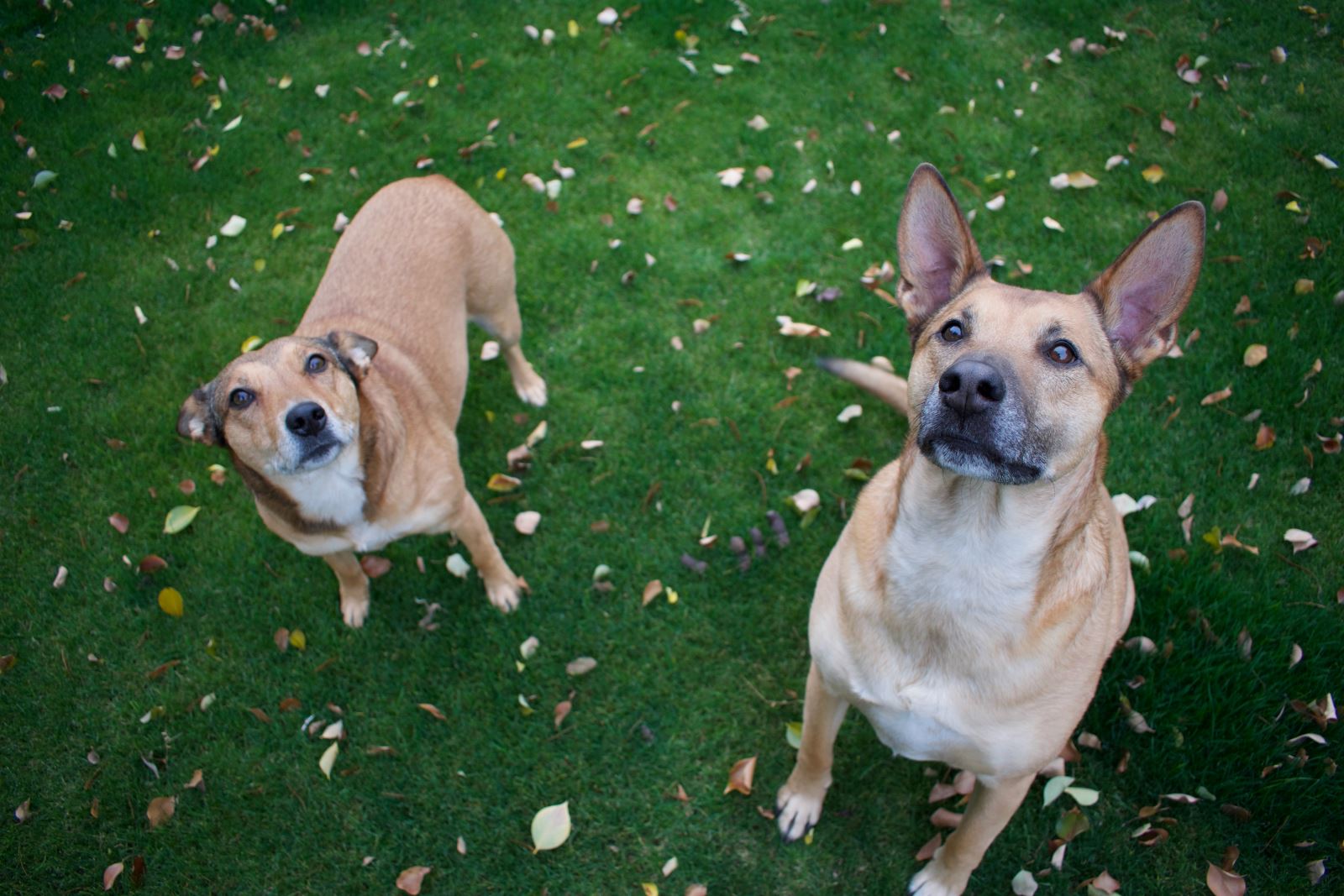
Another example would be that while your dog may love the freedom to run around in a big, open, fenced in yard, your rabbit may find it overwhelming and scary, as they feel safe and secure with a place to hide. Enrichment should be positive, safe, fun, and specific to your companion – both in terms of their species and personalities.
Also, as all animals are individuals, not only is it important to know and provide for their natural behaviours, but we as responsible animal guardians must also learn what is normal for them. For example, if your dog usually has a healthy appetite then stops eating, or your cat starts drinking way more water than normal, these could be signs that your animal is sick or injured. Always consult a vet if your animal is sick, injured, or not acting like themselves.
Enrichment should:

Enrichment should not:
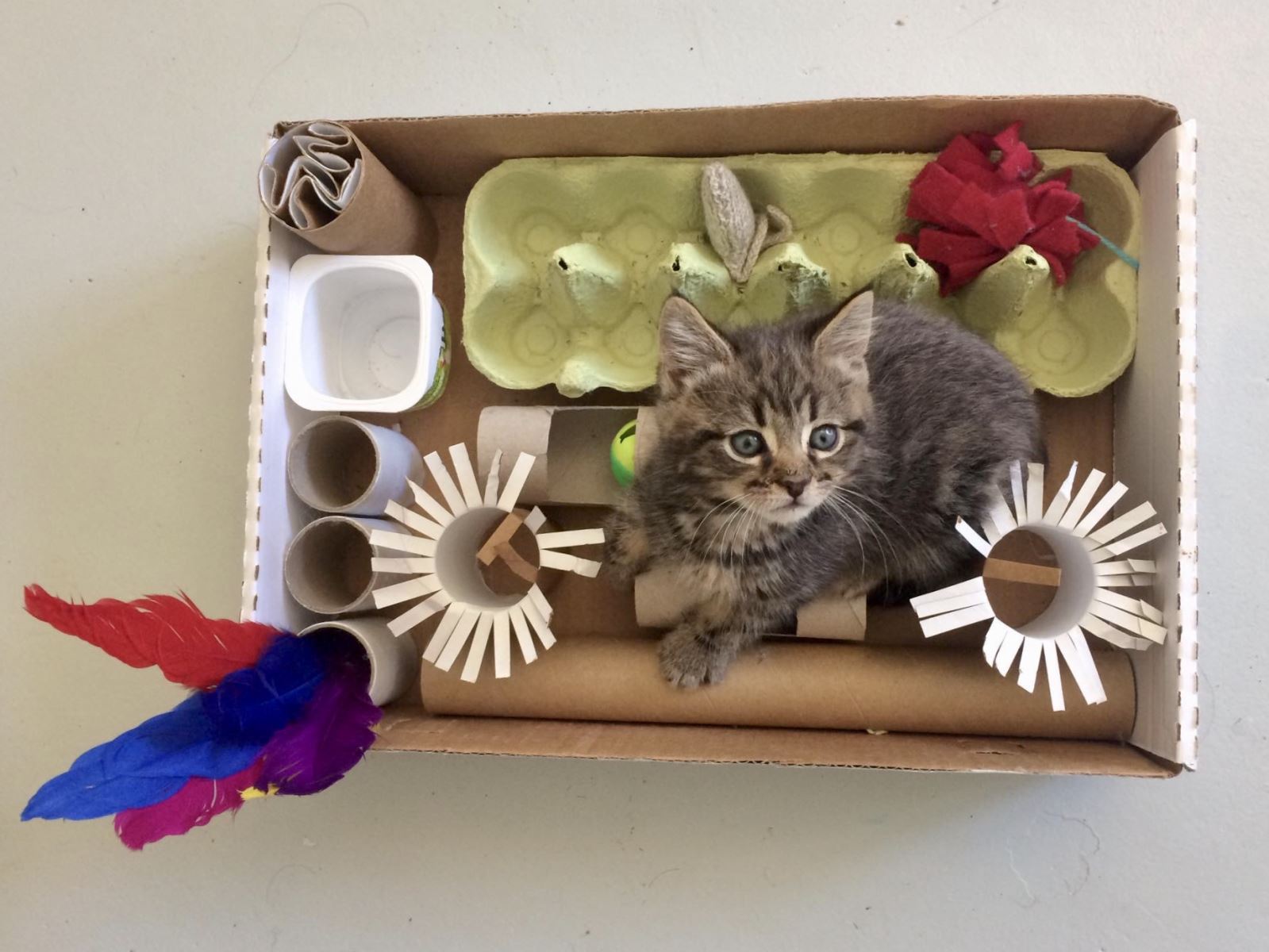
Now that you know all about the importance of enrichment, check out the Things to Make or Do section for examples of some awesome DIY enrichment toys that you can make and donate to the animals at SPCA, or for your own companions at home!

Also, SPCA staff are always providing animals with enrichment at their centres. You can help them continue to do this by donating items like:
All Rights Reserved - SPCA Kids Education | Phone: (09) 256 7300 | Email: education@spca.nz